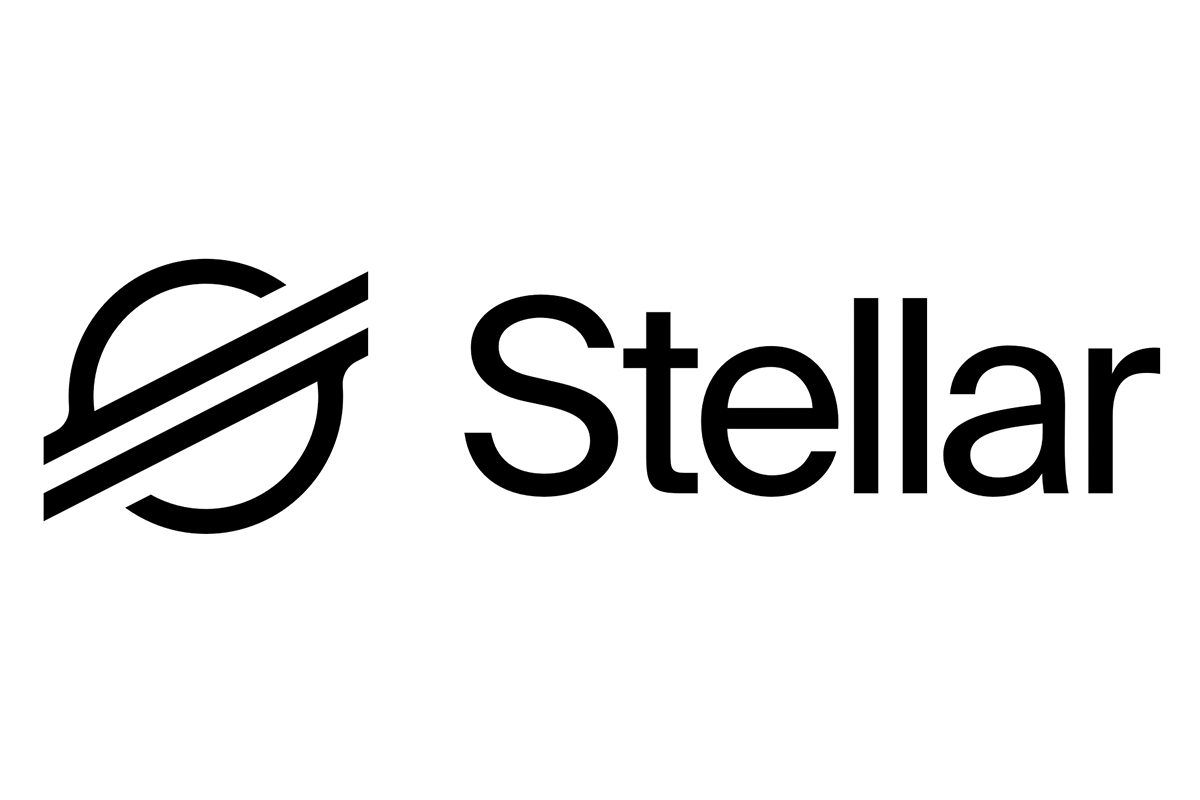
Stellar is an open-source, blockchain-based database that was developed by the Stellar Development Foundation (SDF).
SDF is a non-profit organization whose goal is to improve financial inclusion and remove barriers to financial services for the average consumer. To achieve this goal, the Foundation created Stellar to facilitate and accelerate money transfers.
Stellar’s goal is to disrupt the existing global financial landscape. It does this by providing faster transactions over a peer-to-peer network using the Stellar database.
Key Takeaways
• Stellar’s goal is to help the average person, especially in developing economies, send and receive instant and affordable payments.
• Stellar was originally designed based on the Ripple protocol – a detail that explains why many call it a Ripple fork.
• Bitcoin and Ether use Proof of Work (PoW) to reach consensus, Stellar uses Stellar Consensus Protocol (SCP).
Stellar’s Story

• The Foundation for The Stellar Development was established in 2014 by Joyce Kim and Jed McCaleb.
• McCaleb was involved in the creation of the now-defunct Mount Gox Stock Exchange and the decentralized file-sharing network eDonkey.
• He is also a co-founder of Ripple Labs, the parent company of the blockchain-based global payments network Ripple. However, he fell out with his co-founders, as they had different philosophies and preferred to provoke Ripple. He eventually left to found Stellar with a team of intelligent minds.
• Other notable members of the team include Nicolas Barry, their chief technology officer, and David Mazières, professor of computer science at Stanford University.
SEE ALSO: How to Mine Stellar Lumens In a Nutshell
Ripple vs Stellar
The most important philosophical difference between Ripple and Stellar concerns their approach to payments.
Ripple’s goal is to help banks make fast cross-border payments at little or no cost, while Stellar’s goal is to help the average citizen, especially in developing economies, send and receive instant and affordable payments.
Stellar was originally designed based on the Ripple protocol – a detail that explains why many call it a Ripple fork. However, the source code for Stellar was replaced in November 2015 by the Stellar Consensus Protocol (SCP).
The SCP code was accompanied by software development kits (SDKs) of several important programming languages, including Python, Java, Ruby, JavaScript, and Net.
The Stellar Consensus Protocol
The Stellar Consensus Protocol (SCP) is one of Stellar’s most distinctive properties. While Bitcoin and Ether use Proof of Work (PoW) to reach consensus, Stellar uses SCP.
Originally, Stellar started with the Ripple Consensus Algorithm (RPCA). The RPCA was a Practical Byzantine Fault Tolerant Algorithm (PBFT), which ensures that a distributed system can continue to function even if some nodes do not communicate or act dishonestly.
How the Ripple Consensus Algorithm (RPCA) works
1. A central authority chooses a predefined set of validators.
2. Validators govern the system by agreeing on the state of the network and other aspects such as validating transactions.
3. Once 66% of validators have reached a consensus, it is recorded in the blockchain.
That way, things can work as long as the malicious network actors don’t makeup 34%.
• Stellar retained on the system until the moment he branched off from Ripple. They found flaws in the PBFT system. But there were problems with the RPCA.
• At the time, David Mazières, professor of computer science at Stanford University, presented the SCP as a stable alternative to RPCA.
• At PoW, miners can register as long as they have sufficient computing power to validate transactions. The PBFT, however, is a centralized and closed membership system where entry is conditioned by a list of recommended validators established by a central authority.
The SCP implements the Byzantine Federated Memorandum of Understanding, thereby minimizing blocked agreements and neutralizing them through a voting system.
Protocol Types
• The protocol consists of 2 main sub-protocols, the ballot paper, and the nomination protocol. For each consensus window, the nomination protocol indicates the values of the candidates.
• Finally, a node can generate a convergence value for each slot. However, it is impossible to grasp when the convergence is occurring, and it is also possible for malicious nodes to reset the entire nomination process.
• As soon as the nodes agree that the nomination protocol has converged, the voting protocol is executed. Here, a ballot is tied to the candidate’s value, and a node will need to either validate or cancel the value tied to the ballot.
• The distributed network that allows Stellar to operate consists of servers that run the Stellar Core software. Each of these servers is maintained by different organizations and individuals, and the entire Stellar Core system maintains a localized copy of the network registry.
• The consensus protocol enables fast and inexpensive transactions, with each member of the network agreeing on the validity of the transaction within seconds. All nodes that update Stellar transactions in the ledger choose their mini-grid from other trusted participants with whom they agree.
• These mini-grids (also known as quorum slices) overlap, allowing the entire network to come to an agreement on which transactions are valid and can be quickly added to the ledger.
Where to Use Stellar
The Stellar payment network
Although Stellar operates on a decentralized channel, it should be noted that it is not as decentralized as Bitcoin or other networks based on proof of work mechanisms.
Stellar Lumens (XLM) are pre-mined, and the creators tout that it can maintain its decentralization while improving efficiency and reducing latency. However, it sacrifices a bit of its decentralization for the last two.
In the Stellar network, Lumens are used to cover transaction costs, and they serve as a bridge between currencies.
Lumens was created to ensure the efficiency of money transfers and cross-border payments. While Ripple and its XRP target banks and financial institutions, Lumens strives to improve people’s ability to make transfers daily.
To maintain its network and prevent ledger spam, Stellar requires users to pay low transaction fees and maintain their minimum account balance, which is currently set at 1 XLM.
Frequently Asked Questions
1. What is the stellar consensus protocol?
The Stellar Consensus Protocol (SCP) is one of Stellar’s most distinctive properties. While Bitcoin and Ether use Proof of Work (PoW) to reach consensus, Stellar uses SCP.
2. How does the stellar consensus protocol work?
Transactions that take place on the Stellar network are added to a shared, distributed, public ledger, a database accessible by anyone worldwide, Stellar uses its unique consensus method to reach consensus on transactions very quickly & accurately.
Final Thoughts
Stellar was developed to be a platform that enables faster and more transparent cross-border payments. Like any crypto company, however, the success of this mission has been largely limited.
Although it has partnered with some large companies over the years, XLM has suffered from the lack of widespread adoption.
There are different reasons for this. But some believe a combination of factors such as a lack of aggressive marketing and consensus issues sit at the top.
Despite all of these shortcomings, Stellar’s Lumens is still one of the best cryptocurrencies on the market.
Read More




